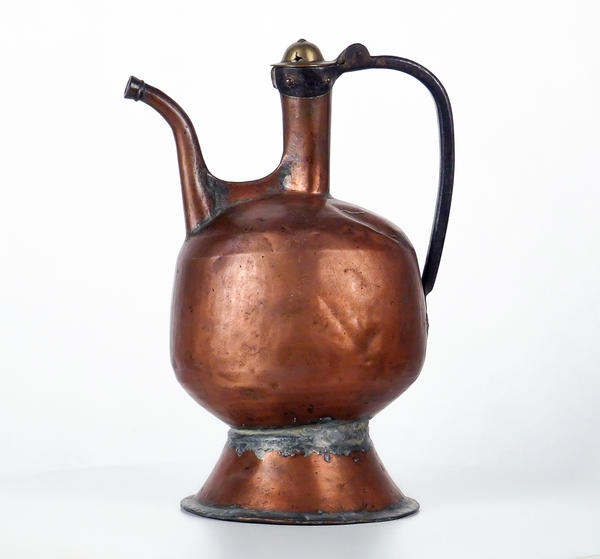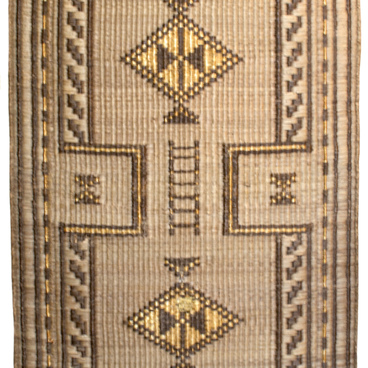After the end of the Caucasian war, closer to the turn of the 19th — 20th centuries, copperware began to be spread on the territory of Adygheya. Traditionally, Circassians had used ceramics but copperware proved lighter and handier at home and therefore soon became popular with the local people.
Most of the copperware was forged on the territory of modern Daghestan; the services of wandering masters were also in high demand. Tinkers walked the roads of the Northern and Southern Caucasus equipped with all the necessary implements: they took with them, little hammers and anvils, chasing and engraving tools, and whatever was needed to repair dishware.
While being forged copperware was tinned both inside and outside. It protected the metal from ambient impacts and adverse processes such as corrosion. To make it more hygienic for use, the inner surface was coated with wax-based mastic.
Copperware was often decorated with engraving or chasing, therefore it was hard work making it, and such goods were quite expensive. Only well-to-do Adyghes could afford to buy whole sets.
Most of the copperware was forged on the territory of modern Daghestan; the services of wandering masters were also in high demand. Tinkers walked the roads of the Northern and Southern Caucasus equipped with all the necessary implements: they took with them, little hammers and anvils, chasing and engraving tools, and whatever was needed to repair dishware.
While being forged copperware was tinned both inside and outside. It protected the metal from ambient impacts and adverse processes such as corrosion. To make it more hygienic for use, the inner surface was coated with wax-based mastic.
Copperware was often decorated with engraving or chasing, therefore it was hard work making it, and such goods were quite expensive. Only well-to-do Adyghes could afford to buy whole sets.


